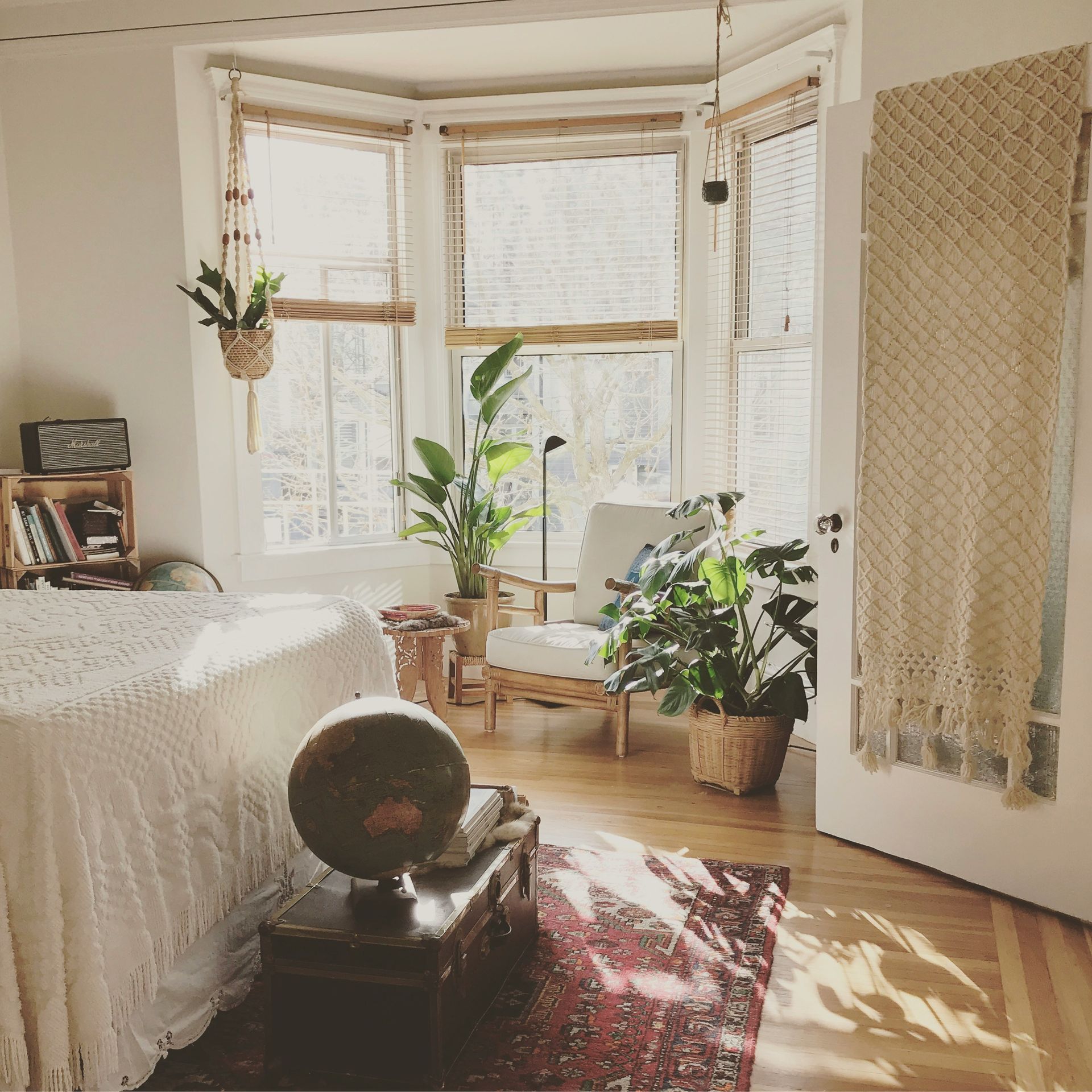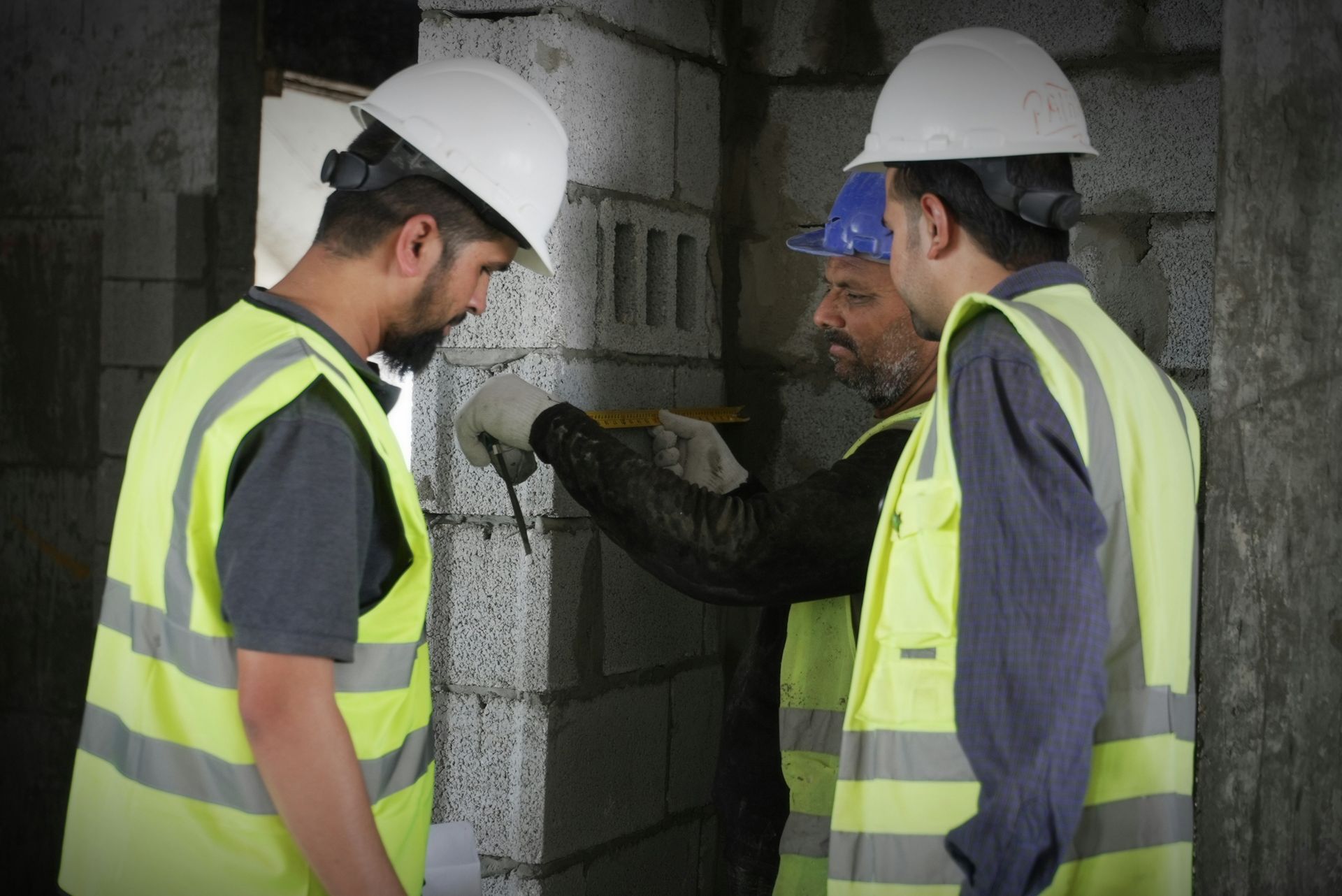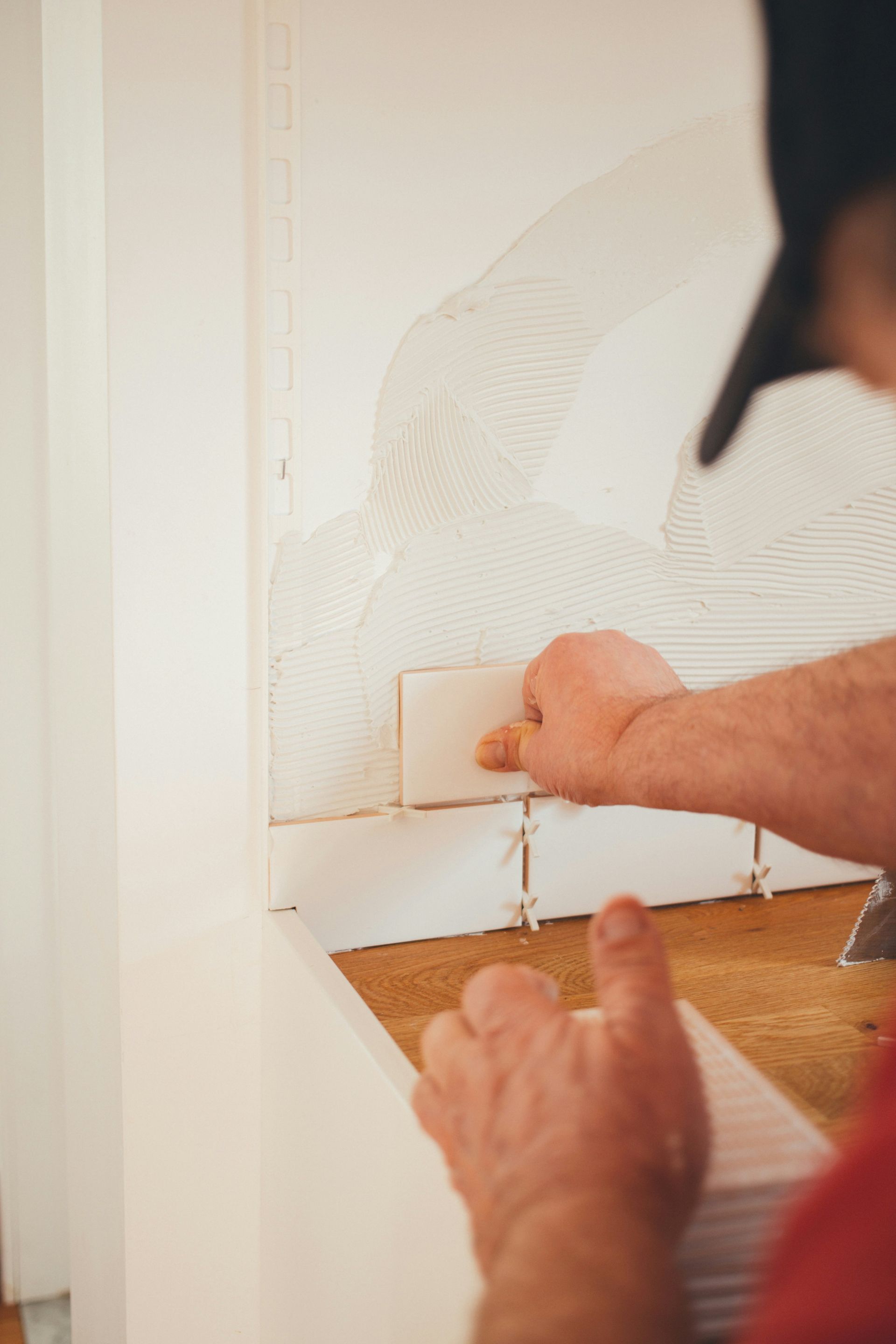Enhance Home Comfort: Discover the Benefits of RetroFoam Insulation

As homeowners in Wisconsin seek snug spaces that combine comfort with environmentally friendly choices, RetroFoam insulation emerges as a standout option. Not unlike the cozy embrace of a hand-knitted sweater, this material wraps your home in a layer of thermal consistency. Additionally, RetroFoam can enhance the health of indoor environments by reducing allergens and pollutants. This article will guide you through how this innovative insulation can enhance your home’s warmth and value.
Key Takeaways
- RetroFoam Insulation Enhances Home Comfort and Temperature Consistency
- It Provides Soundproofing, Improving the Tranquility of Indoor Environments
- This Insulation Reduces Allergens and Results in Cleaner Indoor Air
- Homeowners Enjoy Lower Energy Bills and Increased Property Values With RetroFoam
- The Installation Process Is Thorough, Efficient, and Maintains the Benefits Over Time
Discover the Comfort Benefits of Retrofitting With RetroFoam

Retrofitting homes with RetroFoam insulation directly improves temperature control, maintaining a consistent climate throughout the house. It also provides sound dampening, creating a quieter indoor environment, and enhances air quality by sealing out allergens and pollutants. This leads to cleaner air and potentially lower health and maintenance costs for homeowners. Overall, RetroFoam insulation offers enhanced comfort, tranquility, and health benefits.
Improved Temperature Control Throughout the Home
With RetroFoam insulation, walls that were once cold due to concrete block or brick construction become effective barriers against temperature fluctuations. Unlike traditional materials that absorb and radiate cold or heat, RetroFoam forms an unyielding cocoon that prevents the intrusion or escape of warmth. This particularly benefits homes with water seepage issues, leading to more stable indoor temperatures and lower energy bills. Thermal consistency is crucial for a comfortable home, making RetroFoam a key solution for enhancing home comfort and energy efficiency.
Enhanced Sound Dampening for a Quieter Indoor Environment
Countless homeowners enjoy peace and quiet in their homes thanks to RetroFoam’s excellent sound dampening. This material effectively reduces outside noise, creating a quiet atmosphere inside. Imagine your home as quiet as a library, where even the softest noises from the neighborhood are barely noticeable, creating a soothing environment similar to the gentle sound of cream mixing into coffee.
Reduction in Allergens and Pollutants
Installing RetroFoam insulation is a significant improvement for homeowners struggling with dust and poor air quality. Unlike traditional fiberglass insulation that can wear out and release particles, RetroFoam’s material greatly reduces airborne irritants. This means less dust around light switches and on home surfaces, creating a cleaner living space and making daily activities like flipping a light switch a cleaner, less allergenic experience.
Why RetroFoam Insulation Is Essential for Energy Efficiency

Many homeowners are looking for ways to cut down on expenses, and RetroFoam insulation is a helpful option, similar to adding an extra layer of protection inside your home’s walls. RetroFoam creates a shield that keeps the house warmer or cooler, depending on the season, without making your heating or cooling system work too hard by filling small gaps and sealing openings behind the walls. This means lower energy bills, allowing homeowners to save more money each month.
Besides helping with savings, this insulation also helps reduce a household’s environmental impact. In a world that’s paying more attention to environmental issues, simply getting a quote for RetroFoam installation could be a meaningful step toward a greener, more sustainable home. Acting like a thick barrier that keeps temperature-controlled air inside, the foam makes homes more comfortable and eco-friendly.
How RetroFoam Lowers Energy Bills
RetroFoam insulation serves as an energy-conserving barrier for homes. It fills the gaps where mortar and other materials fail to seal, preventing costly thermal infiltration. This insulation is not just a home improvement upgrade; it’s an investment that helps homeowners save money by significantly reducing the demand for heating and cooling systems.
The Role of RetroFoam in Reducing Carbon Footprint
The widespread use of RetroFoam insulation significantly impacts environmental sustainability by reducing residential carbon emissions. Its resistance to moisture in various areas promotes a healthier home and reduces the need for dehumidifiers. Additionally, RetroFoam protects external sidings from weather damage, extending their lifespan and reducing repair needs. Homeowners interested in its environmental benefits can find detailed information in a comprehensive PDF provided by insulation experts.
The Longevity and Durability of RetroFoam Insulation

Retrofitting homes with RetroFoam insulation enhances comfort and longevity. Homeowners can expect a significant extension in insulation lifespan, reducing the need for frequent replacements. Proper maintenance prevents moisture infiltration, preserving structural integrity. RetroFoam also helps block pollutants and reduces costs associated with convection currents. Additionally, tax incentives may be available for energy-efficient home improvements. The following sections provide essential maintenance tips to ensure your RetroFoam insulation performs optimally over the years.
Expected Lifespan of RetroFoam Insulation
The resilience of RetroFoam insulation is significant for homeowners evaluating insulation options. It effectively shields spaces from heat loss, reducing furnace workload and prolonging its life. RetroFoam maintains its insulating properties for years without significant degradation. Homeowners often ask about longevity, and it’s reassuring to know that once RetroFoam solidifies around wires and structures, it remains effective for the long term without frequent touch-ups or replacements.
Maintenance Tips for Maximizing Insulation Performance
Once installed, RetroFoam insulation requires minimal maintenance. Homeowners should check their walls for water damage or openings, especially in areas where exposure to environmental factors is common. There is no need for ongoing inspections of the insulation itself, as RetroFoam does not degrade or require regular checks. Ensuring that the walls remain intact and free from damage will help maintain the insulation’s effectiveness and protect the home’s thermal seal.
Comparing RetroFoam Insulation to Traditional Insulation Methods

When considering insulation options, homeowners often compare traditional fiberglass with modern alternatives like RetroFoam. Key differences between the two can influence decisions, especially regarding heat transfer and condensation. In climates like northern Wisconsin, where weather extremes challenge wood-framed homes, RetroFoam stands out. Its properties address heat transfer inefficiencies and reduce condensation, a common issue with older methods. Homeowners can request a free quote to see how RetroFoam can enhance comfort and energy efficiency in their retrofit projects.
Key Differences Between RetroFoam and Fiberglass Insulation
When choosing insulation, homeowners often decide between RetroFoam and traditional fiberglass. RetroFoam is an injectable foam that seals tightly, while fiberglass comes in batts or rolls that can leave gaps. This difference impacts the insulation’s performance and its ability to provide a complete air and moisture barrier, resulting in better energy efficiency and comfort with RetroFoam. RetroFoam provides a comprehensive seal, minimizing air leaks, whereas fiberglass may allow gaps, leading to potential energy loss. Additionally, RetroFoam offers an improved moisture barrier compared to fiberglass.
Why RetroFoam Is a Superior Choice for Retrofit Projects
Homeowners tackling retrofit projects find RetroFoam insulation to be an exceptional upgrade over traditional options due to its versatile application process. Its capacity to be injected into existing walls without extensive renovations means that RetroFoam can enhance energy efficiency and comfort with minimal disruption to the household. The potential for RetroFoam to adapt to the unique contours and cavities of older homes makes it a particularly appealing choice for restoration-focused projects.
How RetroFoam Insulation Contributes to Home Value Improvement

Investing in RetroFoam insulation boosts home comfort and is a smart financial move. This is particularly clear when considering the potential increase in property value after retrofitting. In today’s market, energy efficiency and comfort are top priorities for home buyers. Insulation improvements like RetroFoam attract buyers seeking lower utility costs and a comfortable living environment. As homeowners balance immediate costs with long-term gains, the appeal of RetroFoam becomes evident, offering a more marketable and valuable home post-retrofitting.
Increase in Property Value Post-Retrofitting
After retrofitting with RetroFoam insulation, homeowners often see an uptick in their property’s marketability and value. Investing in a more energy-efficient and comfortable home environment resonates with potential buyers, who are increasingly drawn to properties primed for long-term savings and optimal living conditions. This strategic enhancement not only improves a homeowner’s quality of life but also positions the property as a standout in a competitive real estate market.
Attraction Points for Prospective Home Buyers
RetroFoam insulation stands out to home buyers who prioritize eco-friendly living and cost savings, as its energy-efficient features promise to reduce utility bills and environmental impact. The enhanced comfort levels and quieter interiors it provides make homes not only healthier but also more appealing to potential buyers, distinguishing these properties from others that lack such modern upgrades.
Navigating the RetroFoam Installation Process

Retrofitting a home with RetroFoam insulation is smooth and efficient when homeowners know what to expect. The process starts with an expert assessment, followed by a coordinated installation day where professionals execute the retrofit seamlessly. Post-installation, homeowners receive guidance on ensuring the integrity of their new insulation. These steps ensure long-lasting satisfaction and peace of mind. Additionally, RetroFoam’s superior air-sealing properties not only improve energy efficiency but also enhance indoor air quality by reducing allergens and pollutants.
What to Expect During the Assessment Phase
During the RetroFoam insulation assessment phase, homeowners can expect a thorough review of their property’s current insulation. Experts use specialized tools to meticulously inspect the home, analyzing areas prone to heat loss and air infiltration. They examine walls, attics, and other critical points to identify where RetroFoam can make a difference. This detailed assessment provides homeowners with insights into specific areas of heat and air loss and evaluates the effectiveness of RetroFoam for their property.
What to Expect on RetroFoam Installation Day
On the installation day, homeowners can expect a well-orchestrated event where skilled technicians methodically inject RetroFoam into the walls. The process begins early in the morning, with the team arriving on-site to set up equipment and then strategically drilling holes in the exterior wall surfaces. These entry points allow for the precise injection of the foam, guaranteeing even distribution without the need for extensive renovation or interior disruption. The technicians then seal the holes, clean up the area, and inspect the work to ensure quality.
Aftercare and Support Post-Installation
Once RetroFoam insulation is installed, the support team ensures its long-term benefits. Homeowners receive guidance on maintenance and can easily reach out for any concerns. This customer-focused approach quickly addresses any issues, securing the investment in a cozy, energy-efficient home. Additionally, the team offers regular check-ins to ensure optimal insulation performance, further enhancing the value and comfort provided by RetroFoam insulation.
Conclusion
Retrofitting with RetroFoam insulation significantly improves home comfort by stabilizing indoor temperatures and reducing noise. This upgrade not only enhances the living environment but also offers energy efficiencies that lead to lower utility bills. The long-lasting nature of RetroFoam ensures homeowners enjoy these benefits for years, making it a smart investment. With its added appeal to potential home buyers, RetroFoam also contributes to increasing the overall value of the property.
Recent Posts
Learn More About
Mammoth Home Renovations
Serving the Fox Cities area of Wisconsin, Mammoth Home Renovations specializes in insulation services and exterior and interior remodeling. One-stop-shop for home renovations. Quick-to-act discount. Financing available. Call or text for a free estimate.
LIFEST 2024 SPONSOR







Share On: